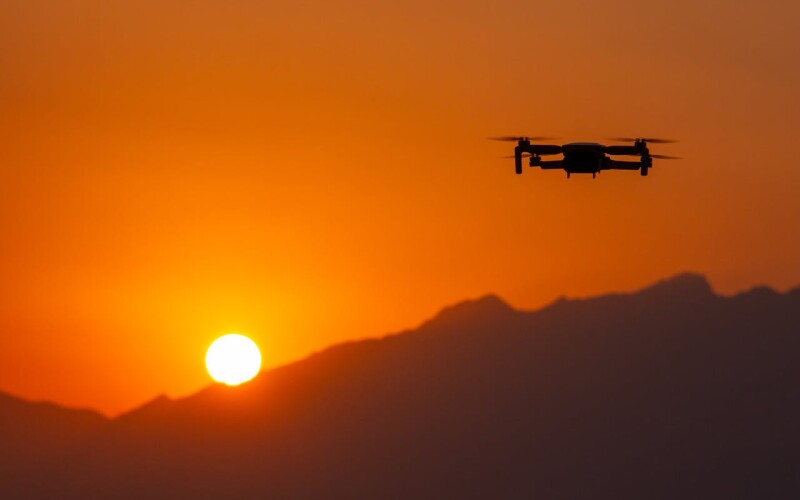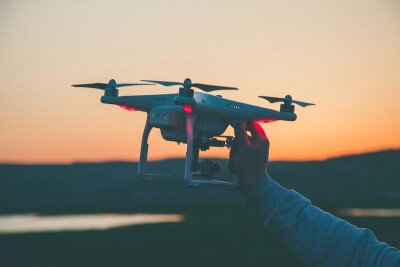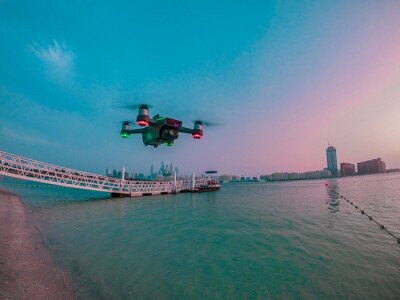This week’s “Around the Commercial Drone Industry” news round-up looks at the first flight of a large cargo drone in China, how researchers are relying on drones to collect air pollution data in Utah, and how New York City is incorporating UAVs into its efforts to warn residents about natural disasters.
Reuters reported that a heavy-lift cargo drone “with a wingspan of 16.1 m (52.8 ft) and a height of 4.6 m (15 ft)” made a successful test run recently in China. According to the report, the twin-engine UAV, called the HH-100, has a payload capacity of 700 kg (1,543 pounds) and a flight radius of 520 km. The vehicle was developed by the state-owned Aviation Industry Corp of China (AVIC), which “plans to test its biggest cargo drone, the TP2000,” next year. That drone, the report stated, “can carry up to 2 tons of cargo and fly four times farther than the HH-100.”
Monitoring Air Pollution With Drones
Researchers at Utah State University (USU) are using drones to monitor air pollution levels in that state. Utah Public Radio reported that researchers recently “launched a fixed-wing drone to fly rectangles over a portion of Great Salt Lake” to aid in the collection of data to determine “which compounds create the most pollution, and which ones can be most easily corrected through policy changes.” In addition to conducting research via UAV, the researchers are also “using an airplane with the National Oceanic and Atmospheric Administration looking at higher altitudes and taking readings on the ground, along with a NOAA van and a trailer.”
Drones Used for Flood Warnings in NYC
The Associated Press reported that New York City recently used uncrewed vehicles to warn city residents about impending floods. According to the report, “About five teams with multiple drones each were deployed to specific neighborhoods prone to flooding,” where they relayed messages about the possible danger in multiple languages. In addition to UAVs, NYC uses “other forms of emergency messaging, including social media, text alerts and a system that reaches more than 2,000 community-based organizations throughout the city that serve senior citizens, people with disabilities and other groups. “















Comments